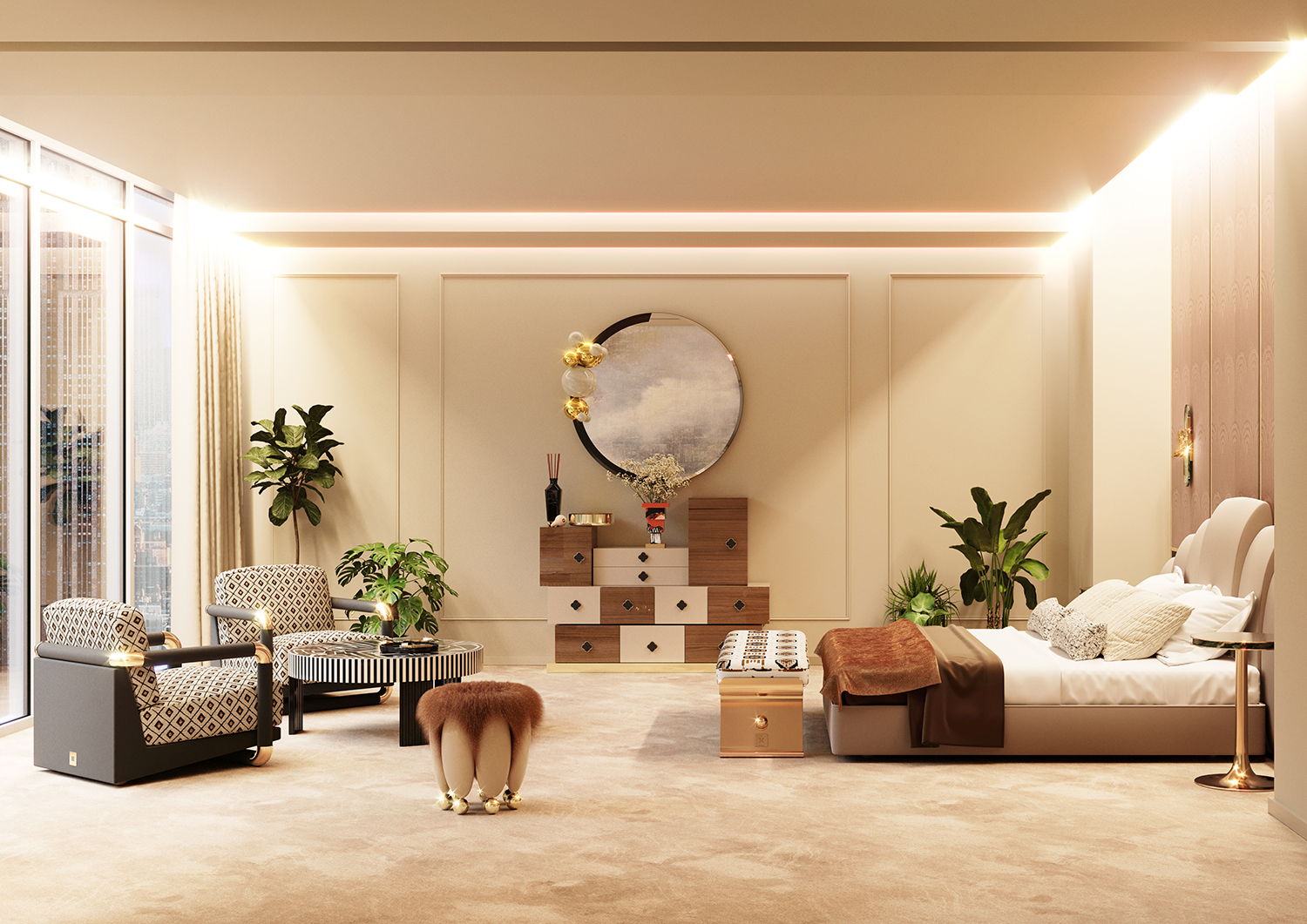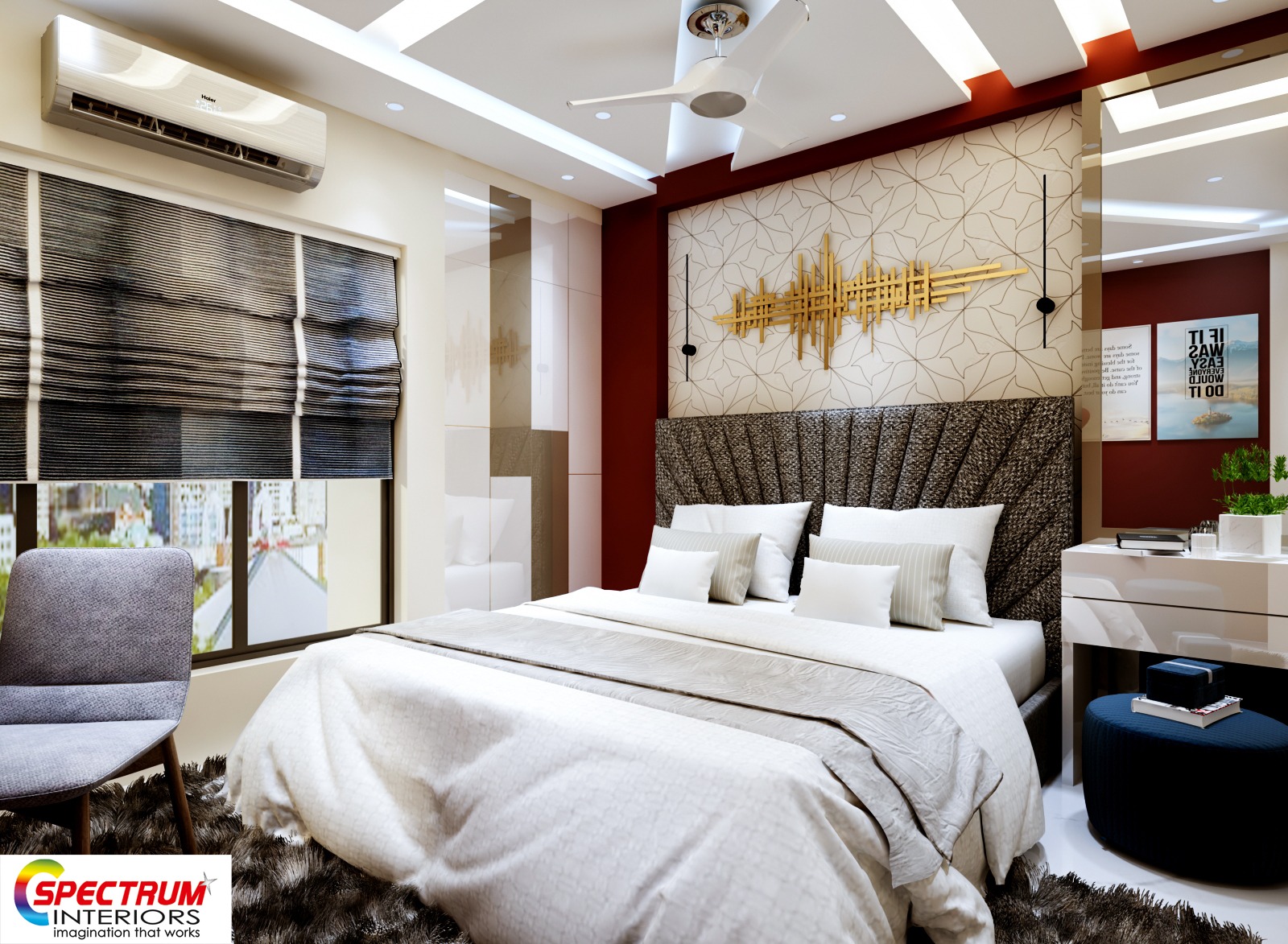Explore premium miami luxury interior design for an upscale and refined atmosphere.
Explore premium miami luxury interior design for an upscale and refined atmosphere.
Blog Article
Transform Your Home With Crucial Principles of Interior Decoration and Visual Appeals
By comprehending the influence of shade concept and the importance of structure and patterns, one can produce rooms that are not only visually enticing but additionally deeply individual. Achieving this stability includes even more than mere decor; it encompasses a critical setup and a keen understanding of exactly how each element connects within an area.
Recognizing Color Concept
Color concept is an essential element of indoor design that dramatically influences mood, understanding, and overall aesthetic. Recognizing the concepts of color concept permits developers to develop rooms that resonate emotionally with occupants while meeting practical requirements (Architecture Firm). Colors can be categorized into three primary types: key, second, and tertiary. Each category plays a critical function in establishing consistency within a room.
The mental effect of shades is profound; warm shades such as reds and oranges evoke energy and heat, while awesome tones like blues and environment-friendlies promote peace and tranquility. The usage of complementary shades enhances aesthetic interest, creating striking contrasts that can elevate an area's allure.
Neutral colors, on the various other hand, function as a flexible backdrop, allowing other design aspects to beam. It is crucial to consider variables such as illumination and the room's purpose when selecting a shade scheme, as these can change the understanding of shades throughout the day.
Eventually, a well-considered color system can change a room, cultivating a feeling of convenience and design that lines up with the inhabitants' choices. Mastery of shade theory is, therefore, a crucial skill for any kind of indoor developer aiming to develop unified and welcoming atmospheres.
Attaining Equilibrium in Layout
Just how can designers achieve a feeling of balance in their areas? Attaining equilibrium in layout is basic to creating harmonious interiors.
Unbalanced equilibrium, on the other hand, relies upon varying components that still achieve a natural look. This approach permits for even more vibrant and casual plans, offering rate of interest while preserving equilibrium. By carefully picking differing dimensions, shades, and textures, developers can develop an aesthetically compelling room that really feels balanced yet energised.
Radial equilibrium stresses a main prime focus with aspects emitting external. This design is commonly seen in round formats, where furniture and decor develop a natural border that attracts the eye inward.
Ultimately, attaining equilibrium needs thoughtful consideration of range, percentage, and the relationships in between elements. miami interior design. By skillfully using these balance principles, developers can transform rooms right into settings that really feel both aesthetically pleasing and functionally harmonious, enhancing the general experience for residents
Importance of Spatial Recognition

An eager sense of spatial awareness permits developers to determine prime focus within an area, assisting the customer's attention to key functions while preserving an overall sense of unity. It additionally aids in the critical placement of lighting, which can substantially influence the understanding of room and state of mind. Additionally, understanding spatial relationships allows the designer to cater to the details demands of inhabitants, making certain that each location serves its intended objective without compromising aesthetic appeals.
Ultimately, spatial understanding is vital for maximizing the capacity of any indoor area. By very carefully thinking about the interplay in between measurements, format, and feature, developers can produce environments that not just satisfy functional needs but additionally stimulate a sense of comfort and elegance, boosting the total living experience.
Including Appearance and Patterns
Accepting a varied series of structures and patterns can significantly improve the visual and tactile allure of an indoor area. The critical use various products-- such as timber, steel, material, and stone-- develops deepness and rate of interest, making a room feel more welcoming and dynamic. For example, integrating smooth surface areas with harsh appearances can establish an equilibrium that draws the eye and involves the senses.
When integrating patterns, think about both range and rep. Big patterns can offer as prime focus, while smaller, refined layouts can complement various other aspects without frustrating the room. Layering patterns, such as pairing floral cushions with striped tosses, adds complexity and a feeling of consistency if implemented thoughtfully.
It is also essential to preserve a cohesive color combination, ensuring that structures and patterns collaborate instead than complete for attention. By selecting a couple of key appearances and patterns, you can create a linked visual that shows your personal style while enhancing the overall atmosphere of the area. Inevitably, the careful incorporation of these elements can change an ordinary room right into a sophisticated setting rich with character and heat.
Individualizing Your Room
Creating a space that reflects your personality is vital to attaining an absolutely welcoming setting. Customization in interior decoration permits you to infuse your special style and passions into your home, changing it from a simple shelter right visit this site right here into a sanctuary that speaks get more with who you are. Begin by choosing a shade combination that resonates with your emotions-- bold shades can invigorate, while soft tones provide harmony.
Include art work and decoration that show your enthusiasms, whether it be travel, nature, or abstract principles. Presenting individual collections, such as books, photographs, or mementos, can evoke valued memories and create focal factors within an area. Additionally, think about tailoring functional items, like upholstered furniture, to straighten with your visual preferences.

Final Thought
In conclusion, the change of a home through the crucial concepts of indoor style and aesthetic appeal necessitates a thorough understanding of color concept, equilibrium, spatial awareness, texture, and personalization. Each component contributes dramatically to producing an unified and practical living environment - luxury interior design. By thoughtfully integrating these principles, people can improve the aesthetic charm and psychological vibration of their areas, inevitably promoting a home that shows unique identities while giving convenience and functionality
Report this page